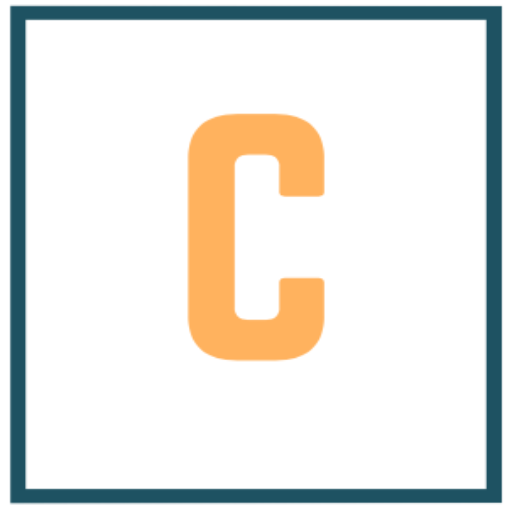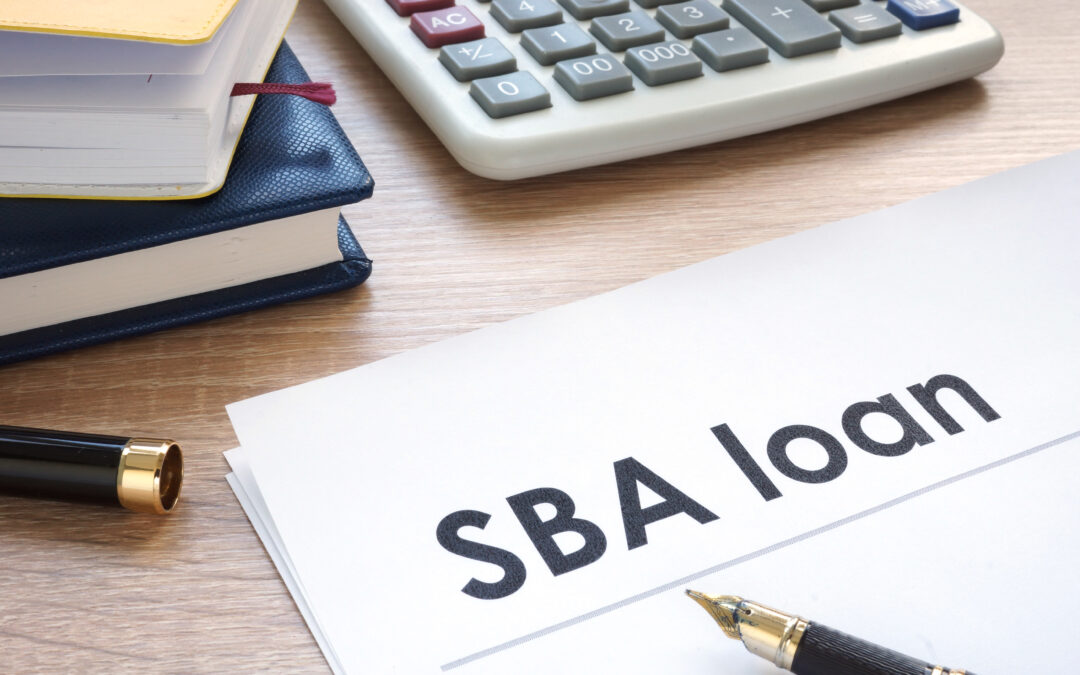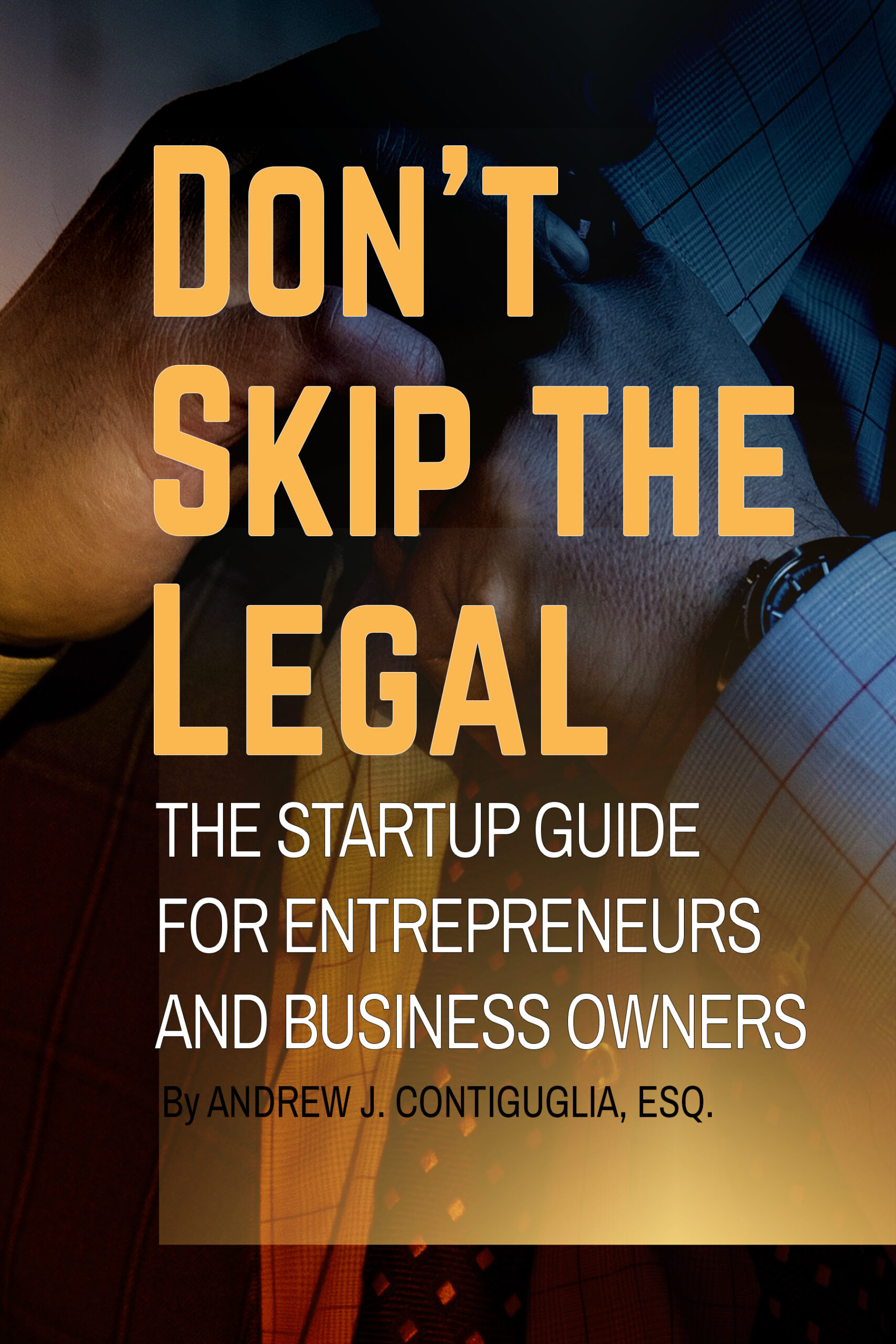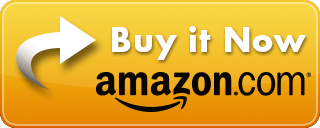Are you interested in learning what you need to know about the CARES Financial Relief Act for your small business? On Friday, March 27, 2020, President Trump signed in to law the Coronavirus Aid, Relief and Economic Security (CARES) Act. This $2 trillion stimulus package includes significant relief money for small businesses. This article breaks down the coronavirus, CARES financial relief Act package, and helps identify what everyone should know about the CARES Financial Relief Act so you can take advantage of its financial benefits.
While many small businesses expect to gain a little benefit from the CARES financial relief Act, not every small business will be qualified. To be eligible for the stimulus funds, a small business must be “substantially affected by COVID-19”. This means, for example, an entitled business would be experiencing stresses like a decrease in revenue, staffing challenges, or supply-chain disruptions as a result of COVID-19.
Under the CARES relief Act you are eligible if you are:
• A small business with fewer than 500 employees
• A small business that otherwise meets the SBA’s size standard
• A 501(c)(3) with fewer than 500 employees
• An individual who operates as a sole proprietor
• An individual who operates as an independent contractor
• An individual who is self-employed who regularly carries on any trade or business
• A Tribal business concern that meets the SBA size standard
• A 501(c)(19) Veterans Organization that meets the SBA size standard
In addition, some special rules may make you eligible:
• If you are in the accommodation and food services sector (NAICS 72), the 500-employee rule is applied on a per physical location basis
• If you are operating as a franchise or receive financial assistance from an approved Small Business Investment Company the normal affiliation rules do not apply
The CARES financial relief Act provides for emergency grants of $10 billion that will provide up to $10,000 per small business to cover immediate operating costs. These Entrepreneurial Development grants a business can use to educate, train, or advise its employees on items related to the effects of COVID-19 on the supply chains, distribution, and sale of products; management of teleworking and remote customer service; mitigation; applying for resources; other relevant business practices necessary to mitigate the economic effects of COVID-19;
It also allows for forgivable loans of $350 billion that will be allocated to the Small Business Administration to provide loans of up to $10 million per business for ongoing payroll and operations costs. This is calculated to be up to 2.5 times the average total monthly payments by the business for payroll costs incurred during the 1 year period before the date on which any loan under the CARES financial relief Act is made less the sum of any excluded payroll costs.
For Employers: The sum of payments of any compensation with respect to employees that is a:
• salary, wage, commission, or similar compensation;
• payment of cash tip or equivalent;
• payment for vacation, parental, family, medical, or sick leave
• allowance for dismissal or separation
• payment required for the provisions of group health care benefits, including insurance premiums
• payment of any retirement benefit
• payment of state or local tax assessed on the compensation of the employee
For Sole Proprietors, Independent Contractors, and Self-Employed Individuals: The sum of payments of any compensation to or income of a sole proprietor or independent contractor that is a
wage, commission, income, net earnings from self-employment, or similar compensation and that is in an amount that is not more than $100,000 in one year, as pro-rated for the covered period.
Excluded Payroll Costs are defined as
1. Compensation of an individual employee in excess of an annual salary of $100,000, as prorated for the period February 15, to June 30, 2020
2. Payroll taxes, railroad retirement taxes, and income taxes
3. Any compensation of an employee whose principal place of residence is outside of the United States
4. Qualified sick leave wages for which a credit is allowed under section 7001 of the Families First Coronavirus Response Act (Public Law 116–
5 127), or qualified family leave wages for which a credit is allowed under section 7003 of the Families First Coronavirus Response Act
Application of these loans is limited to funding for items like payroll support, including medical or family leave. It also includes costs related to continued group health benefits, employee salaries, mortgage payments, rent, utilities, and any other debt obligations that were incurred before the covered period.
There is also existing loan relief of $17 billion to cover six months of payments on existing SBA loans for small businesses that already have them. This remains a benefit to the businesses that were able to qualify for SBA loans and now face difficulty in managing the debt as a result of COVID-19.
And for workers who were laid off as a result of the pandemic, expanded unemployment insurance for workers who can’t be rehired or find other work. It also extends jobless benefits to previously ineligible groups of workers, like gig workers and freelancers.
What does a business owner need to know about qualifying for a loan under CARES?
A borrower is eligible for loan forgiveness equal to the amount the borrower spent on the following items during the 8-week period beginning on the date of the origination of the loan:
• Payroll costs (using the same definition of payroll costs used to determine loan eligibility)
• Interest on the mortgage obligation incurred in the ordinary course of business
• Rent on a leasing agreement
• Payments on utilities (electricity, gas, water, transportation, telephone, or internet)
• For borrowers with tipped employees, additional wages paid to those employees
Loan forgiveness cannot exceed the principal.
Businesses must maintain a similar number of employees as they did prior to the crisis in order to be eligible for full loan forgiveness. Businesses can’t all of a sudden hire more employees or raise salaries in an effort to inflate the amount of money loaned to them under the program. Remember, the Act looks at the average cost over the previous year before calculating the amount a business is eligible.
For businesses that have already laid-off employees, they must be rehired in order for the business to qualify for a forgivable loan. Both sole proprietors and independent contractors will be eligible to receive loans.
Businesses are not expected to pay back these forgivable loans provided the money used is for operating expenses. Loan repayment could be required if the loan is not used for the approved purposes mentioned above. Even under those circumstances, however, the loan APR will be capped at 4 percent, and payments can be deferred for one year.
What can a small business owner do right now?
These grants and forgivable loans should be available very quickly through the SBA or your existing banking institution. If you intend to apply, it’s a good idea to get started on the following right away. Check out the SBA’s Small Business Guide and Checklist so you can move quickly to take advantage of your CARES loan.
Also, you should be able to reach out to your bank to help you understand the details and how to get ready to apply. They should also be able to share how quickly the grant or loan will be available. Keep in mind, however, that any bank you seek relief from is going to make you certify in good faith that the uncertainty of current economic conditions makes the loan request necessary for you to support ongoing operations. You must also promise to use the loan proceeds to retain workers and maintain payroll or make mortgage, lease, and utility payments and that you do not have an application pending for a loan duplicative of the purpose and amounts applied for from CARES. Last, that between Feb. 15, 2020, to Dec. 31, 2020, you have not received a loan duplicative of the purpose and amounts applied for under CARES. (Note: There is an opportunity to fold emergency loans made between Jan. 31, 2020, and the date this loan program becomes available into a new loan)
In the meantime, start gathering your financial documents as best you can. Here’s a sample of the application banks will utilize in the application process. While each lender will have its own required documents for the loan process, at a minimum you should start gathering:
-
- bank statements,
- Profit and loss
- articles of incorporation,
- the lease or deed for the place of business,
- business certificate or license,
- individual and business tax returns and any financial documents that reflect your financial situation
- payroll, mortgage, rent, and utility costs
What if your business doesn’t qualify for CARES relief?
Businesses that are unable to meet the requirements for the CARES grant or forgivable loan relief may still apply for a loan via the SBA Express Bridge Loan Program or Economic Injury Disaster Loan Program. These loans will need to be repaid but could help to fill the financial gap until the coronavirus crisis is over.
Stay informed.
The Small Business Administration has put together a special coronavirus page detailing existing loan information, guidance for businesses and employers, and links to local assistance. Also check out the SBA’s Small Business Guide and Checklist so you can move quickly to take advantage of your CARES loan.
Feel free to reach out if you have any questions. Also, check out these articles you might like:
Is It Legal To Pay Employees Cash?
7 reasons you are breaking the law in your small business
The 5 Biggest Mistakes to Avoid When Starting Your New Corporation
Andrew J. Contiguglia
Contiguglia Law Firm, P.C.
ajc@contiguglia.com
www.contiguglia.com
303-780-7333



